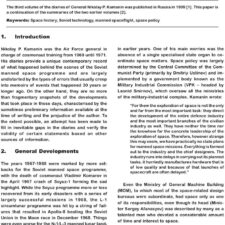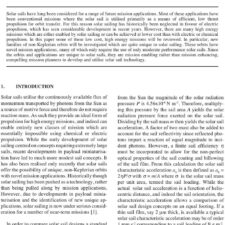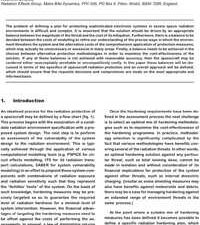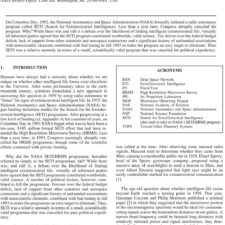Mass Beam Propulsion: An Overview
£5.00
G. D. Nordley et al. (2015), JBIS, 68, pp.153-166
Refcode: 2015.68.153
Abstract:
An alternative to rockets is to push spacecraft with a reflected beam. The advantage is that it leaves most of the propulsion system mass at rest. Use of mass beams, as opposed to photons, allows great efficiency by adjusting the beam velocity so the reflected mass is left near zero velocity relative to the source. There is no intrinsic limit to the proper frame map velocity that can be achieved. To make a propulsion system, subsystems need to be developed to acquire propulsive energy, accelerate the mass into a collimated beam, insure that the mass reaches the spacecraft and reflect the mass. A number of approaches to these requirements have been proposed and are summarized here. Generally no new scientific discoveries or breakthroughs are needed. These concepts are supported by ongoing progress in robotics, in nanometre scale technologies and in those technologies needed to use of space resources for the automated manufacture of space-based solar power facilities. For mass beams specifically, work in particle sizing, acceleration, delivery and momentum transfer is needed. For human interstellar flight, a notional schedule to provide a mass beam propulsion system within a century is provided.





